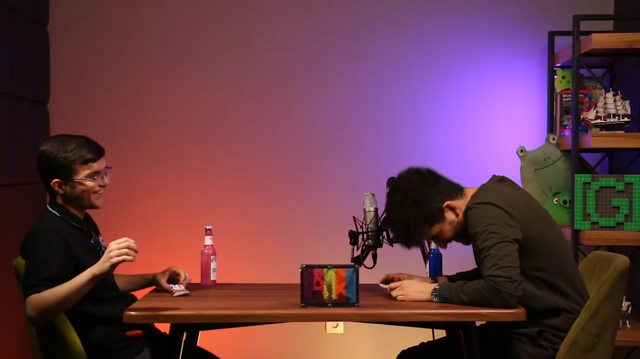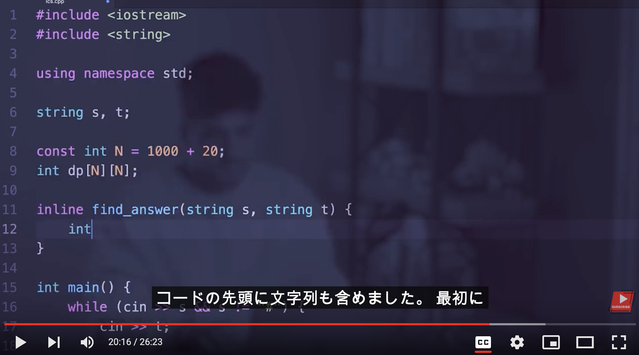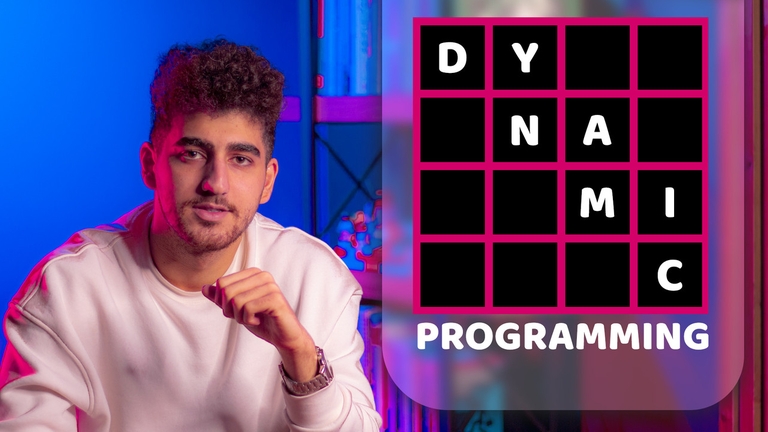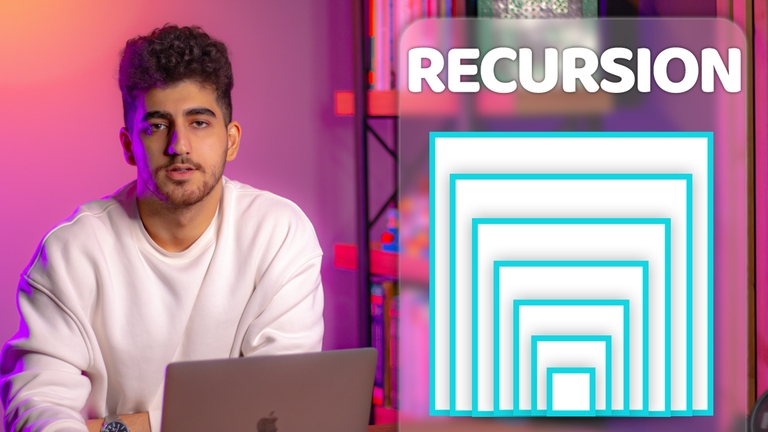Hey everyone,
The premiere of my interview with Kavi, the first Iranian LGM, is set for Friday at 17:00 GMT.
We can all gather and watch it together in this link. The chatbox is also open there and we can react to the video while watching it.
The video is a mix of inspirational, informative, and funny content. We put a lot of effort into making it, I hope you all enjoy it.
Watch the trailer here.
For live discussions, sharing thoughts on contests, and more, join our Discord server.
Don't forget to hit the 'Notify me' button to ensure you don't miss the premiere!
This interview has manual English subtitles and you can also auto-translate to your own language and watch it with subtitles in your own language.
I'm curious to hear from you: Who should be my next interviewee? Drop your suggestions below.

UPD: Because of some issues, the link is changed now.














